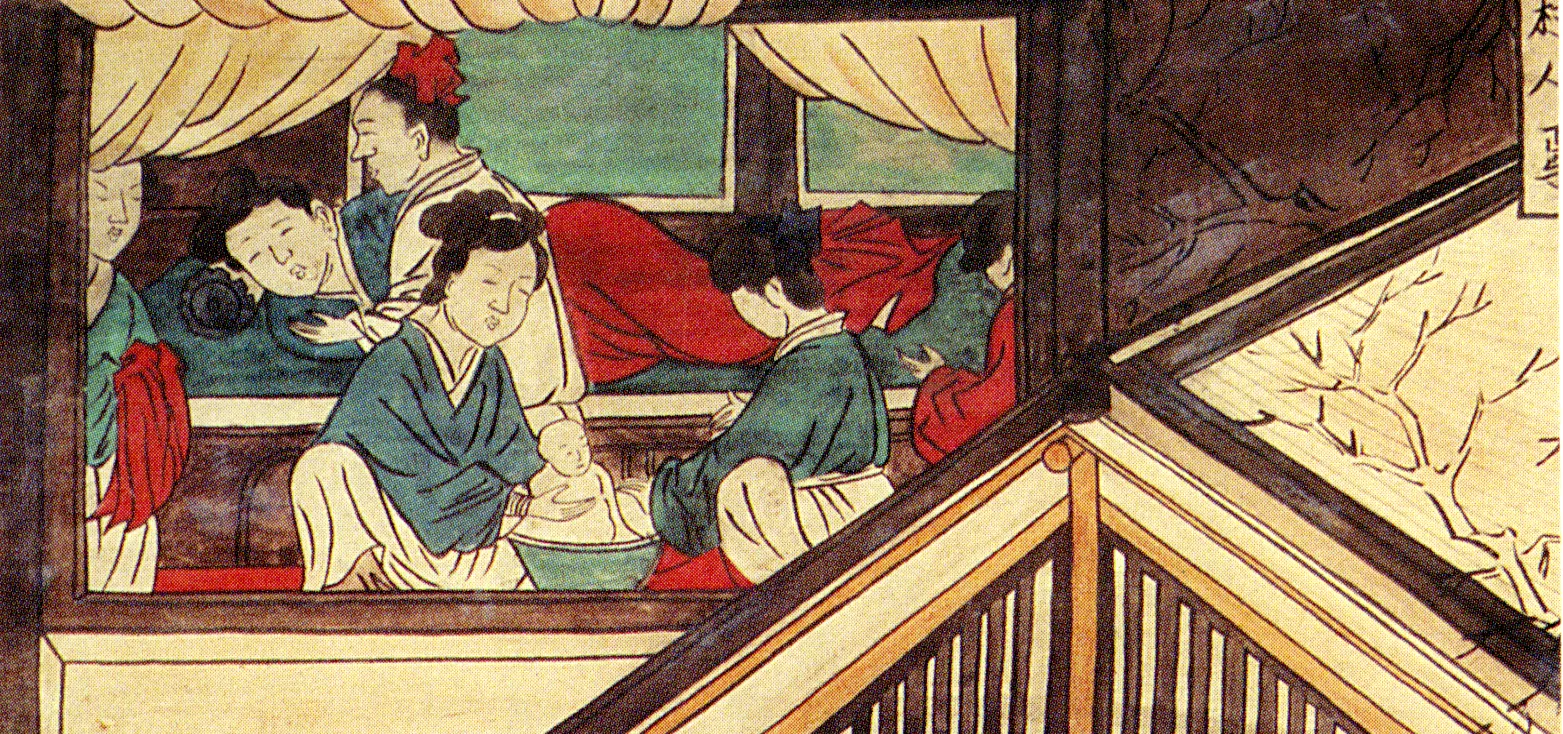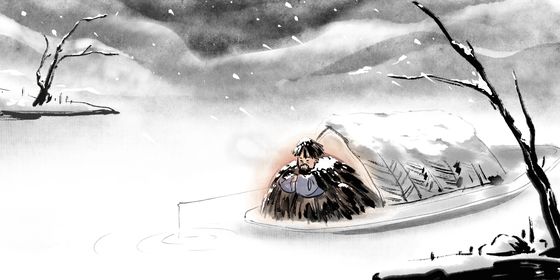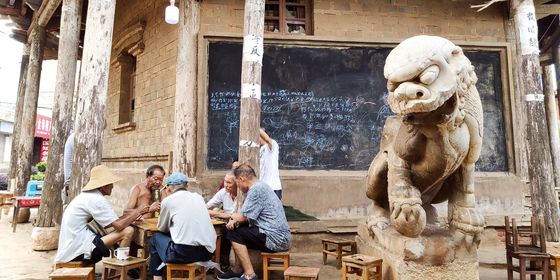From denoting various levels of illness to the “Gods of Plague,” 疒 is a radical you need to know in sickness or health
The wave of Covid-19 outbreaks sweeping across China may be easing, but in the meantime, it has given birth to many memes and jokes about the virus, its symptoms, and its treatment on the internet. None of these discussions would have been possible without a useful radical to know in the Chinese language: 疒.
Chinese discourses about disease can be traced back to more than 3,000 years ago. Written records of disease could already be found among the bone and turtle shell inscriptions of the Shang dynasty (1600 – 1046 BCE), and the radical 疒 could already be seen.
In oracle bone inscriptions, 疒 looks like a sweating person lying on a bed, which reflects how people of that time understood illness. The ancient Analytical Dictionary of Chinese Characters (《说文解字》) defines it as, “To lean on. People with disease. Resembles a person leaning on a bed (倚也。人有疾病,象倚箸之形).”













